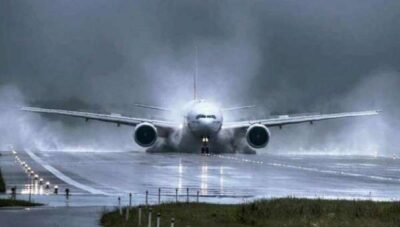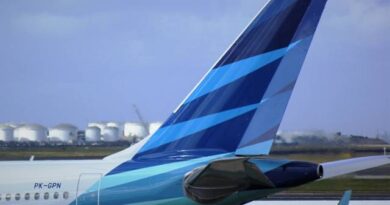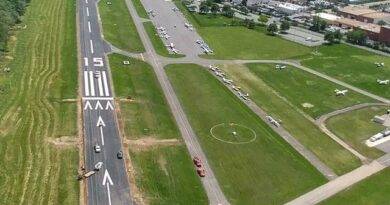What Is Impingement Drag? A Rare but Real Drag Factor in Aviation
Impingement drag is a form of localized resistance caused when fluid particles (such as water, slush, or cooling air) strike the surface of an aircraft. This force occurs when high-velocity fluid — either from external sources (like runway water spray) or internal systems (like jet engine cooling)—impacts the airframe, landing gear, or engine components, creating added drag and reducing performance efficiency.
Unlike conventional aerodynamic drag types, impingement drag is not caused by airflow over the surface but rather by direct collisions between fluid and solid surfaces.
Real-World Example: Water Spray on Wet Runways
A common example of impingement drag occurs when an aircraft takes off or lands on a wet or contaminated runway. The high-speed movement of wheels through standing water or slush generates spray that hits the fuselage, landing gear bays, wing flaps, or tailplane surfaces.
This spray results in additional resistance—not due to aerodynamic flow, but due to the momentum transfer from liquid particles impacting the aircraft’s structure.
When and Where Does Impingement Drag Occur?
| Scenario | Description |
|---|---|
| Takeoff on wet runway | Water spray from nose and main gear hits fuselage and lower wing structures |
| Landing on snow-covered surface | Slush is thrown rearward, impacting the undercarriage and increasing drag during rollout |
| High-speed taxiing in rain | Spray affects gear doors, flap surfaces, or trailing edges, especially on low-clearance aircraft |
| Jet engine cooling systems | Internal air jets or cooling flows impinge on turbine blades, generating localized resistance |
| Fuel injection systems | Atomized fuel striking walls in combustion chambers may reduce efficiency via impingement losses |
Impingement Drag vs. Other Drag Types
| Drag Type | Caused By | Common Locations |
|---|---|---|
| Form Drag | Pressure difference due to shape | Fuselage, landing gear, nacelles |
| Skin Friction Drag | Air viscosity on surface | Wings, tail, fuselage |
| Interference Drag | Flow mixing at junctions | Wing-body, pylon-engine |
| Wave Drag | Shockwaves at supersonic speeds | Concorde, F-22, etc. |
| Impingement Drag | Fluid directly striking surfaces | Wet runway spray, engine cooling, ECS airflow |
Note: While form drag is caused by the shape of the aircraft resisting smooth airflow, impingement drag is caused by an external force (like water) impacting the body directly.

Engineering Implications
Impingement drag is typically accounted for in performance calculations involving:
- Contaminated runway operations
- Jet engine design (especially in turbine cooling and fuel injection)
- Aircraft certification under ICAO/FAA regulations for wet/slippery runway performance
In engine design, Computational Fluid Dynamics (CFD) is often used to model impingement zones to optimize airflow paths and cooling effectiveness.
Can Pilots Detect or Compensate for Impingement Drag?
While impingement drag is not directly visible to the pilot, it is considered in:
- Takeoff and landing distance calculations
- Aircraft performance charts (wet vs. dry runway figures)
- Anti-skid braking systems, as increased drag during landing may affect deceleration
Recommended Article: Interference Drag: The Stealthy Dragster Slowing Down Your Flight
🧾 References:
- FAA AC 25-7D – Flight Test Guide for Certification of Transport Category Airplanes
- NASA Glenn Research Center – Turbine Cooling Studies
- Anderson, J.D. Fundamentals of Aerodynamics
📌 Summary
Impingement drag is a secondary but important type of resistance, caused by fluid impact rather than airflow. Though not a classical aerodynamic drag, it plays a key role in certain runway conditions, engine efficiency, and internal flow design — and is especially relevant in wet, slushy, or contaminated environments.


